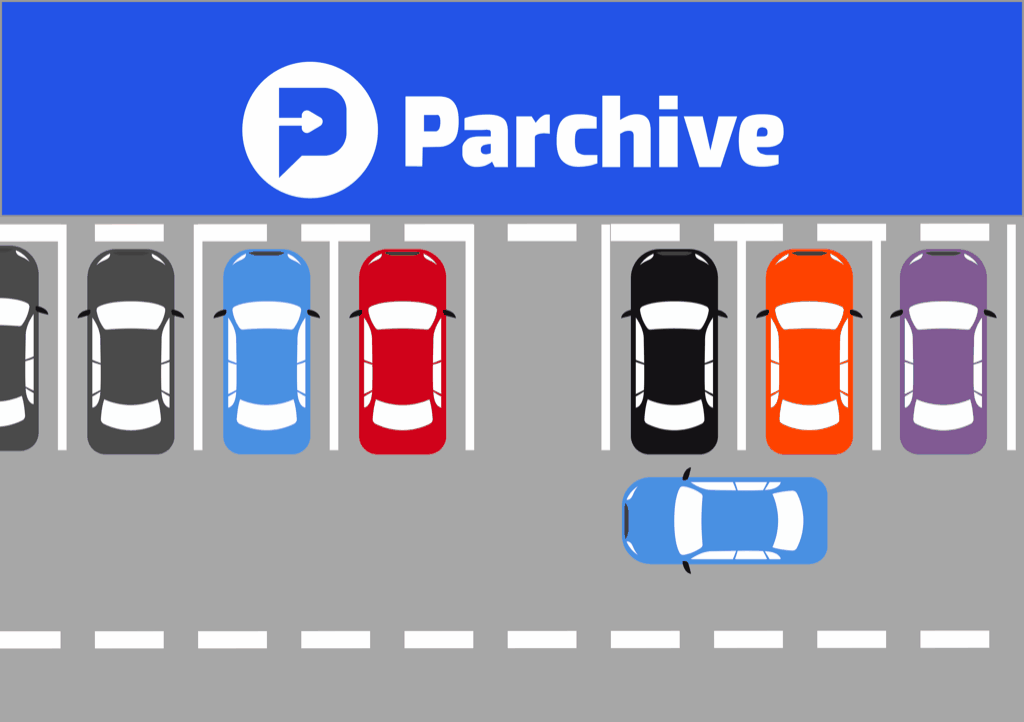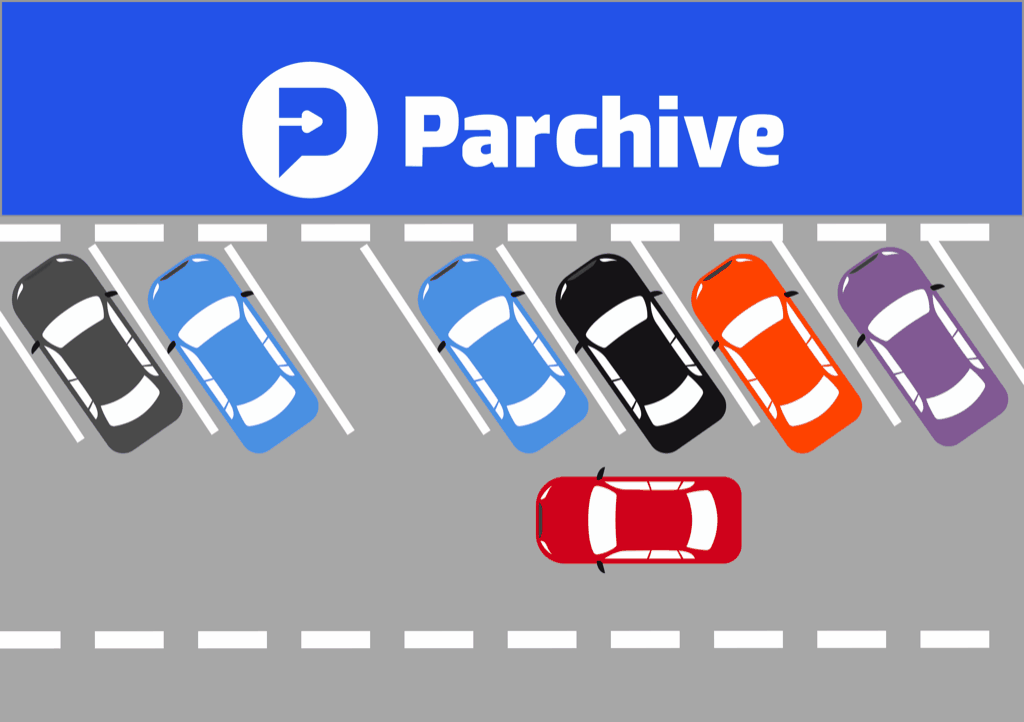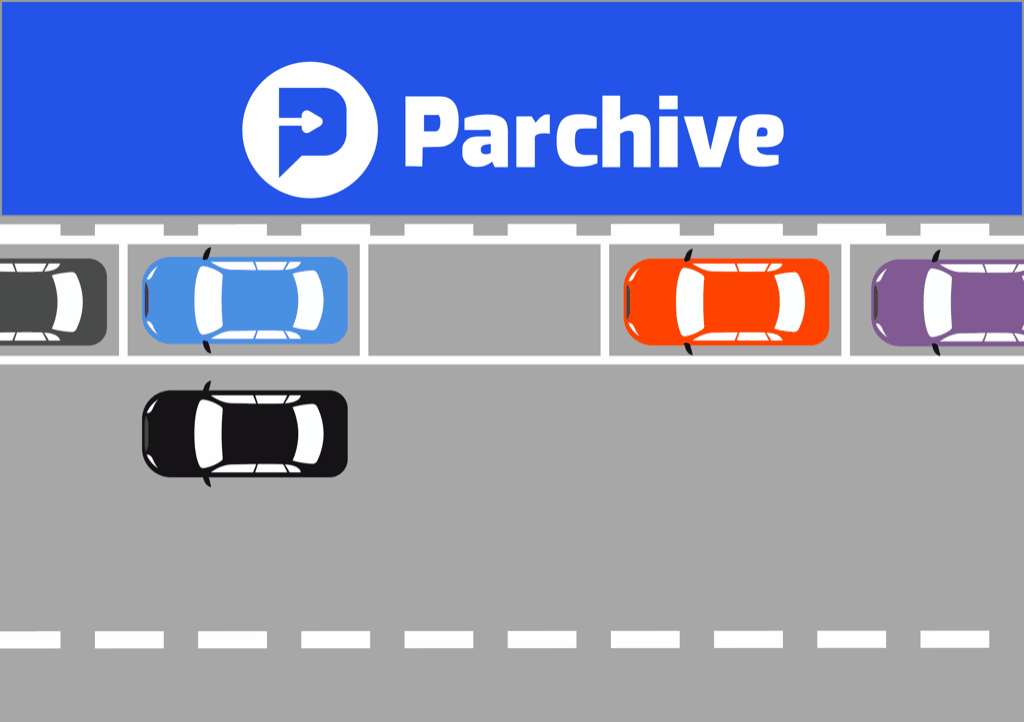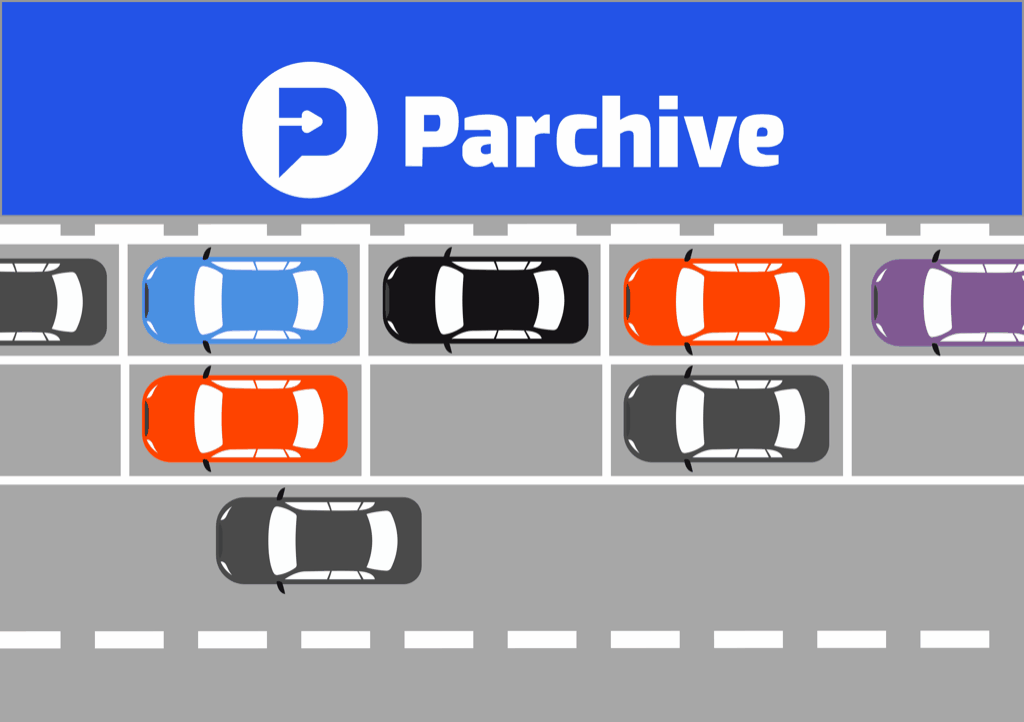A parking space is a location designated for parking; it can be a garage, on a street or in a parking lot. This space is usually marked to fit a single car and the parking fee will depend on location and also based on time which is a factor of the regulations put in place. In this article, we will be talking about the different types of parking and also give insights into perfecting your parking skill as a driver.
There are four main types of parking;
- Perpendicular parking,
- Angled echelon parking,
- Parallel parking, and
- Double parking.
Let’s “drive” right in… 🙂
Perpendicular Parking

This type of parking requires not so much skill to move in or out since it requires one to park the car perpendicular to the parking wall or curb. This type is common in garages and parking bays.
Angled Echelon Parking

This type of parking is similar to the perpendicular parking except that the cars are parked at an acute angle and in direction to the cars approaching the parking space. For angle parking, it is a lot easier to move into space than in perpendicular parking since the turn at this point is subtle. This parking allows more cars to be parked in a smaller space and allows easier maneuver.
Angle parking requires one easy skill which is to start turning once half or three-quarters of your car has passed the previous car. Reversing requires the same skill applied but with caution while considering the space behind the car.
Parallel parking

Parallel parking involves parking the car in line with others and parallels to the curb or wall. In such parking lots, all cars face one direction with the front bumper facing the previous or front car’s rear bumper.
These parking lots are usually common on street sides where space is limited while allowing the smooth flow of traffic.
However, this type requires one to have a certain technique in driving to allow driving into a specific parking space without causing damages. Parallel parking requires you to drive next to the car you are parallel parking to which is usually the car in front of you.
- If your car is of the same size as the next, line up your side mirror (left/ right depending on the parking side).
- If the next car is bigger, place the car a little bit further.
- If the car is smaller, move a little bit into the front of the car.
- Then turn slowly towards the curb or wall and at one point move the wheels away from the curb slowly until the back is aligned then turn the wheels away from the curb.
However, you have to maneuver continuously back and forth to allow fitting right in. Please always ensure the car has enough space left between other cars to allow ease of driving out.
Double Parking

Double parking occurs when a particular car gets parked in a way another car can’t depart.
It usually occurs in three ways; on the street and in garages that have attendees and in parking lots having more than one parking space.
Double parking on the street is found to be illegal and it is seen as a violation of the road rules and regulation.
The other scenario occurs in parking garages where valets have keys to the cars and have the right to both keys to allow moving one car to allow the other to move out. In parking lots with more than one parking space, the cars are parked back to back but each car has its exit.
Follow us on our social media accounts

